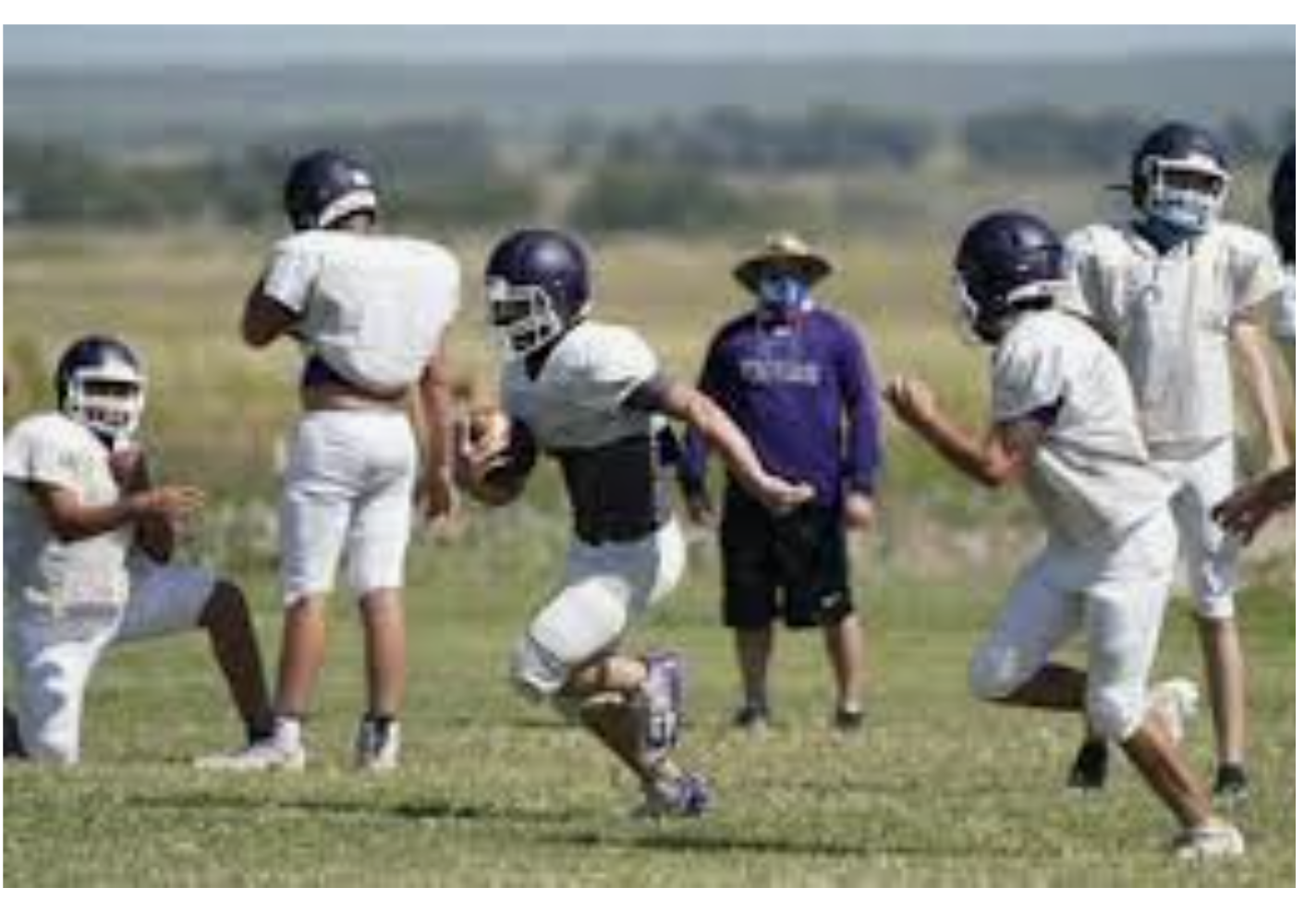Well D'uh
/Study finds no instances of COVID-19 spread during 64 college football games last year
Playing football during the pandemic is safe and transmission of COVID-19 on the field is minimal, if it even happens at all, a new study suggests.Researchers at Texas A&M University, Louisiana State University (LSU) and the University of Florida - all members of college football's Southeastern Conference (SEC) - gathered data from 64 games within the conference in 2020.They found that players were rarely in close contact with each other often enough to spread the virus, and no cases of on-field transmission were recorded.
In total, 138 players in the conference contracted Covid last year, and 18 did so within 48 hours of a game, but none of those cases could be tied to the game itself.
Just today, I passed an elementary schoolyard where an entire class of kids were playing outdoors, all dutifully masked. Hanging’s too good for these panic-porn purveyors.
Sports and other extracurricular activities
Team sports or other types of group extracurricular activities can increase the risk of SARS-CoV-2 transmission for participants, coaches, and spectators11, 91-93 as well as among other students, teachers, and staff.11, 94, 95 Close contact team sports and indoor sports such as wrestling appear to represent particularly high-risk activities, because participants cannot maintain distance from others and ventilation options may be limited.11, 93 Intense exercise causes participants to breathe heavily, which can cause potentially infected respiratory droplets to travel further than they would from persons upon exhaling at rest.96 Other extracurricular activities, especially ones that occur indoors and involve shouting or singing, also increase the risk of transmission if a participant is infectious, because respiratory droplets may be generated at higher rates and potentially travel greater distances.97, 98 For these reasons, strategies to control SARS-CoV-2 transmission in schools and ECE programs should take into account the role of sports and extracurricular activities that might be higher risk in increasing transmission. Differences in transmission dynamics for these activities compared with in-person instruction should also be considered. Relocation of activities to outdoors or other well-ventilated venues, as well as vaccination of eligible students and adults who support these activities (such as coaches, volunteers, teacher advisors), will be important contributors to reducing the risk of COVID-19 for those who play sports or engage in higher risk extracurricular activities.

